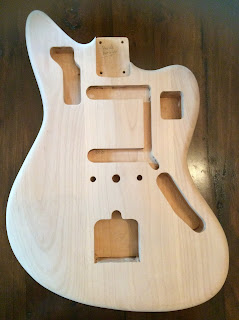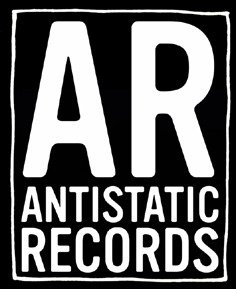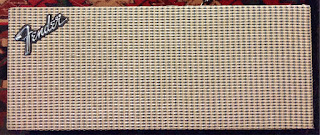This is the Fender Jaguar I put together with some original vintage parts and some new.
Original 1965 neck
 |  |
Original 1964 harness
Original 1964 knobs
New relic aged vintage style tuners
New alder body
I painted the body using sanding sealer, Duplicolor white primer, Duplicolor stone white and Stewmac nitro lacquer.
This is the new body straight from the shop
 |  |
After applying the sanding sealer
 |  |
After spraying the primer.
 |  |
It took me more than one attempt to find the right color. I always used Duplicolor spray pait cans. I first used Olympic White and I founded it too cold so, I sanded everything off and redo all the passages. Then I ordered Wimbledon White, this time I tried first on another piece of wood and it was too yellow. I finally found the Stone White to be exactly what I was looking for, so I ordered 5 cans, tried on wood and... that was it!
White... what a pain! If you don't have a spray booth, like me, you'll find fibers coming from nowhere landing on your paint that you have to sand it off after each coat when dries. it was a long process but in the end it paid off.
For the paint and sanding process I followed meticolously the instructions I found on Stewmac website, then I tried to polish it myself by hand. It turned out just all right but I could still see too many sanding scratches so I decided to take it to a luthier who polished for me with the buffing machine. It turned out perfect.
Tips: if you'll ever need to use masking tape, DO NOT EVER use regular paint masking tape, blue, green or similar because that kind of tape yellows the finish, just go to an art painting supply shop and get an artist masking tape roll, it's white and it's worth to pay a few extra bucks for that. The chemicals in the art masking tape don't ruin your finish.
Another tip is, when you put a screw for the first time, make a smaller hole marking the drill bit with tape for depth, then coat the screw in was, doing so you build the thread in the wood.
When everything was ready, I put everything together. Everything was good and was working but it needed a professional setup, so I decided to take it again to a luthier.
Here the bad news, the frets were ok but not very good, so I decided to refret the entire neck. It didn't turned out cheap because the frets that were used in the sixties used to have a shorter tang compared to the new ones. The longer tank of the new fret wires would brake the fretboard, so the luthier had to trim them in a T-shape before placing them.
The original nut was too low so, in order to save the original bone nut, the luthier used dentist tools to fix it! yes... he used the blue light too to harden the tooth compound, the one they use to reconstruct your teeth!!!
The original nut was too low so, in order to save the original bone nut, the luthier used dentist tools to fix it! yes... he used the blue light too to harden the tooth compound, the one they use to reconstruct your teeth!!!
Strings... I put the classing surfing tone string set that people used in the sixties: Pyramid Gold 12-52 flatwound, excellent strings. I also find the Dogal to be excellent strings, they are hand made in Venice, Italy.
Bridge: Offset Mastery Bridge.
Resources:
Stewmac (on how to spray paint and finish your guitar)
Webmasterman (on how to solder properly guitar components)
Bridge: Offset Mastery Bridge.
Resources:
Stewmac (on how to spray paint and finish your guitar)
Webmasterman (on how to solder properly guitar components)





















